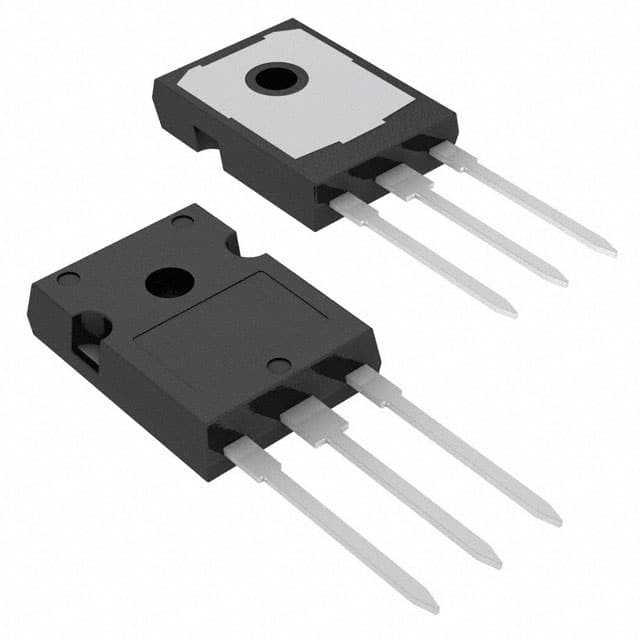Alpha IGBT™ Series, Single IGBTs
Results:
66
Manufacturer
Series
Td (on/off) @ 25°C
Switching Energy
Gate Charge
Vce(on) (Max) @ Vge, Ic
Reverse Recovery Time (trr)
Power - Max
Current - Collector Pulsed (Icm)
Test Condition
Current - Collector (Ic) (Max)
Supplier Device Package
Package / Case
Voltage - Collector Emitter Breakdown (Max)
Operating Temperature
Mounting Type
Input Type
Grade
Qualification
IGBT Type
Results remaining:66
Applied Filters:
Alpha IGBT™
About Single IGBTs
Single Insulated-Gate Bipolar Transistors (IGBTs) are sophisticated semiconductor devices composed of multiple layers and equipped with three terminals. These devices are specifically designed to handle high currents and offer rapid switching capabilities. They are highly valued in a wide range of applications.
The performance and characteristics of single IGBTs are defined by several key parameters. These parameters include the device type, collector-emitter breakdown voltage, collector current rating, pulsed collector current rating, VCE(ON), switching energy, and gate charge.
The device type refers to the specific model or variant of the IGBT. Different models may possess distinct features and characteristics tailored to meet the requirements of different applications.
The collector-emitter breakdown voltage represents the maximum voltage that the device can withstand across its collector and emitter terminals without experiencing a breakdown or failure.
The collector current rating indicates the maximum continuous current that the IGBT can handle while maintaining proper functionality.
The pulsed collector current rating specifies the maximum current that the IGBT can endure for short durations, typically in pulsed or transient conditions.
VCE(ON) signifies the voltage drop across the collector-emitter junction when the IGBT is fully turned on and conducting current. This parameter is crucial for power loss calculations and efficiency analysis.
Switching energy refers to the amount of energy dissipated during the switching process of the IGBT. Minimizing switching energy is vital for reducing power losses and enhancing overall efficiency.
Lastly, gate charge denotes the amount of charge required to turn the IGBT on or off. Gate charge influences the switching speed and control characteristics of the device.
By considering these parameters, engineers and designers can carefully select the most suitable single IGBT that aligns with the specific requirements of their application, ensuring optimal performance and reliability.



